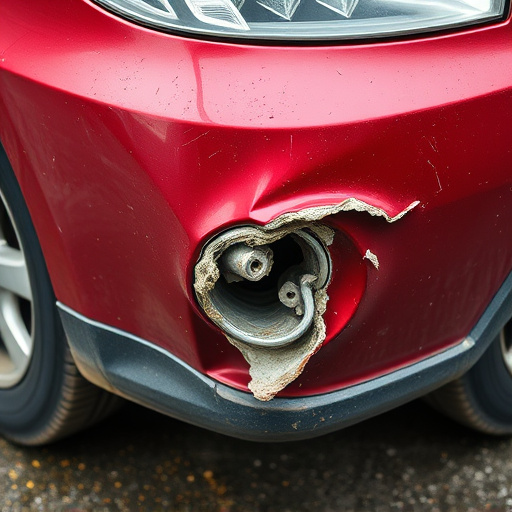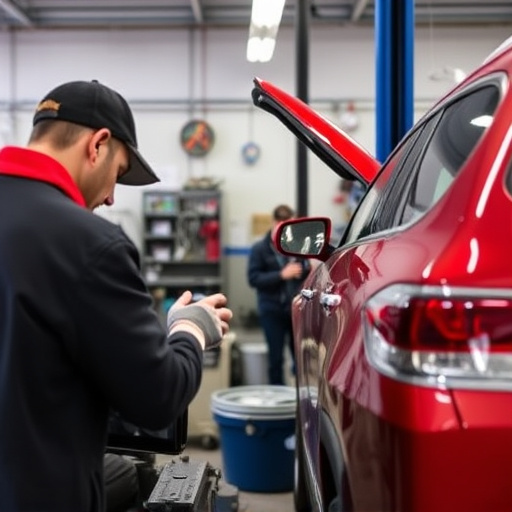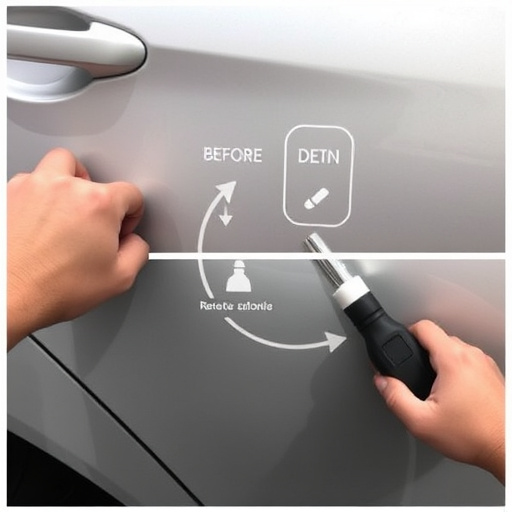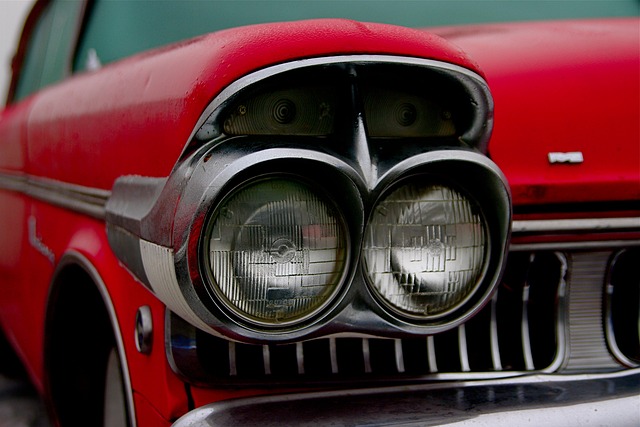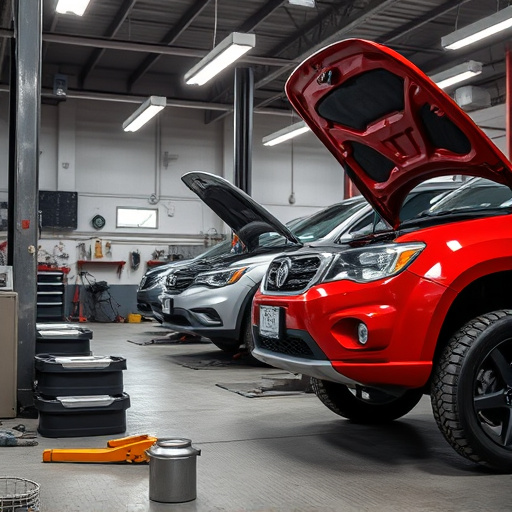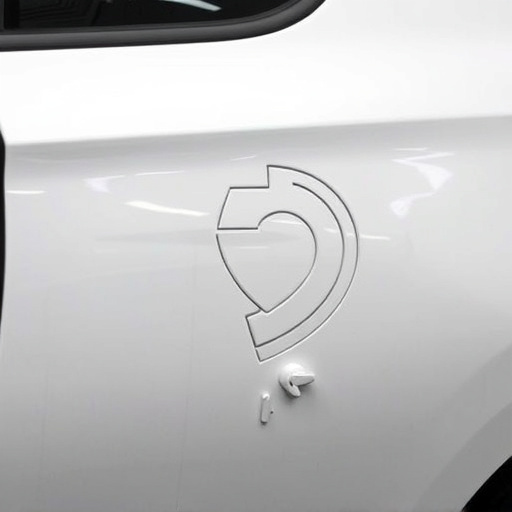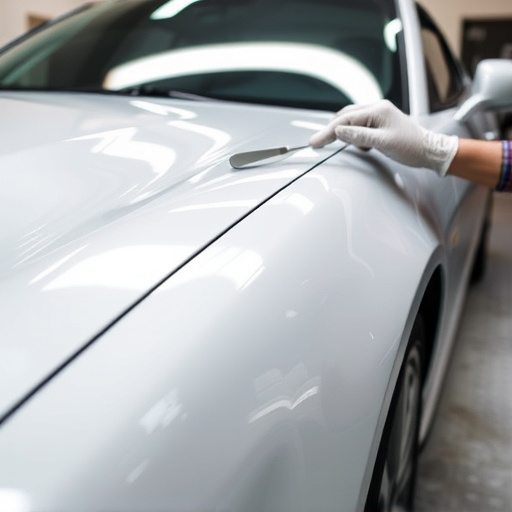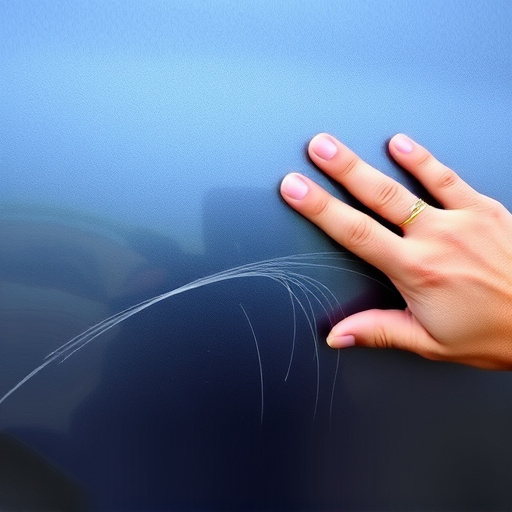After auto collisions or bodywork replacements, reputable auto body shops manage old auto body shop parts responsibly by sorting, shredding, and melting metal components for reuse, collaborating with recycling centers, and adhering to strict environmental guidelines. This eco-friendly practice extends part lifespans, reduces demand for new parts, minimizes environmental impact, aligns with modern consumer preferences, and contributes to a circular economy within the automotive industry.
In the dynamic landscape of automotive repair, understanding the lifecycle of old auto body shop parts is crucial. This article delves into the fate of these components post-replacement, exploring three key areas: disposal and recycling practices, reusing and repurposing strategies, and responsible recycling in the auto industry. By examining these aspects, we aim to illuminate sustainable paths for managing auto body shop parts, ensuring environmental stewardship while fostering innovation.
- The Lifecycle of Auto Body Shop Parts: Disposal and Recycling
- Reusing and Repurposing: Extending the Lifespan of Auto Parts
- Responsible Recycling Practices in the Auto Industry
The Lifecycle of Auto Body Shop Parts: Disposal and Recycling
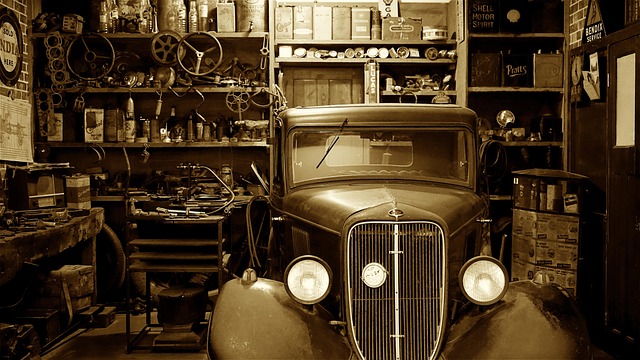
After a car undergoes auto collision repair or car bodywork replacement, the old parts often enter a new phase in their lifecycle—disposal or recycling. This is an essential aspect of the automotive industry’s environmental responsibility and sustainability efforts. Many auto body shops have embraced eco-friendly practices by implementing proper disposal and recycling systems for these components.
The process typically involves sorting the parts based on their material, such as metal, plastic, or glass. Metal components, which are the most prevalent in auto body shop parts, can be shredded, melted down, and recycled into new metal products. This reduces the demand for virgin metals and minimizes the environmental impact of production. Some shops even collaborate with local recycling centers to ensure efficient and responsible disposal, contributing to a circular economy where resources are continually reused and repurposed.
Reusing and Repurposing: Extending the Lifespan of Auto Parts

Many auto body shops, in an effort to reduce waste and promote sustainability, embrace the practice of reusing and repurposing old auto body shop parts. After a vehicle undergoes repairs, especially in cases like fender repair or vehicle body repair, the recovered parts can have new life. Instead of discarding them, these parts are carefully inspected, cleaned, and sometimes even refurbished to be used again. This not only extends the lifespan of these components but also reduces the demand for new ones, which is particularly beneficial for hard-to-find or specialized auto body shop parts.
By adopting such practices, car body shops contribute to a circular economy where resources are conserved. Reusing and repurposing old auto parts can significantly decrease the environmental impact associated with manufacturing new ones, making it an eco-friendly approach that aligns with modern consumer preferences for sustainable products. This trend is especially gaining traction in an era where every effort counts towards minimizing waste and promoting green initiatives within the automotive industry.
Responsible Recycling Practices in the Auto Industry

In the auto industry, responsible recycling practices have become a cornerstone of sustainable operations, especially when it comes to old auto body shop parts. Once replacement parts are installed, the previous components don’t simply disappear; they enter a carefully managed cycle aimed at minimizing environmental impact. Reputable car body shops and collision repair centers adhere to strict guidelines for disposing of and recycling these materials.
Metal, plastic, glass, and other materials from old auto body shop parts are often separated and processed for reuse or recycling. This not only conserves resources but also reduces the need for extracting new raw materials, thereby lessening the carbon footprint associated with the automotive sector. Moreover, proper disposal methods ensure that hazardous substances, if any, are handled safely, preventing them from contaminating soil and water sources, which is a critical aspect of sustainable auto body services.
In conclusion, the lifecycle of auto body shop parts is a crucial aspect of the automotive industry, with significant implications for sustainability. Disposal and recycling practices play a vital role in minimizing environmental impact, while responsible recycling ensures that old auto body shop parts can be repurposed and reused, extending their lifespan. As the industry continues to evolve, adopting more sustainable practices will not only benefit the planet but also foster a more efficient and innovative approach to automotive repairs and upgrades.

